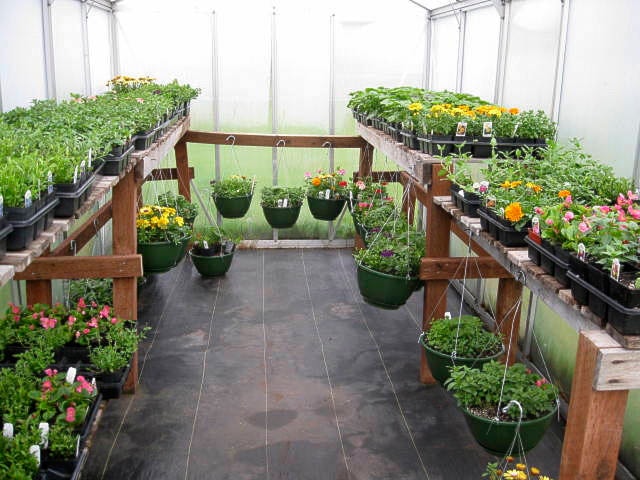It is hard to think about seeds and gardening with -16 C temperatures and a blanket of snow covering everything, but time keeps on moving and before we know it, we will be welcoming warmer days.
I just would like to remind you to make a note on your calendars for the 26th annual Shuswap Seed Swap and Natural Living Fair, which will be held again in the beautiful Splatsin Community Centre in Enderby on March 7, from 10 to 4 p.m.
Two weeks later, on March 21, Vernon will have its turn at the Vernon Recreation Centre and the event will be from 9 to 2 p.m., under the wings of SENS (Sustainable Environment Network Society). This year, again, I will be there.
I am working on my seeds now to find out the germination rate. As the seeds germinate, I don’t have the heart to put those little seeds in the compost, so I put them in some flats and start growing them. As they get bigger, I transplant them in larger pots hoping that the snow will melt fast for an early spring.
I have the small greenhouse to rely on, but I don’t have heat in it and it means moving the tender seedlings in the house at night.
Hybrid seeds — the first-generation offspring of two inbred parents — have qualities of vigour and uniformity that has made them popular with many gardeners and farmers. They are even more popular with many seed companies. This is not because of the cost but because the seed produced by hybrid plants is not worth saving and so gardeners and farmers must return to the seed company every year for a new supply. More seed suppliers are offering open-pollinated and heirloom varieties.
Standard or open-pollinated vegetables and flowers, on the other hand, will produce seeds that grow into vegetables and flowers very much like the parents provided cross-pollination among different cultivars is avoided. For beginners, it is best to work with self-pollinating plants like tomatoes, lettuce, peas and beans.
When you plant your seeds, small ones should be 1/8 inch apart. Medium ones 1/2 inch and large seeds one-inch apart. Usually, you plant the seeds three times the depth of the seed size. Some seeds need light to germinate and some need complete darkness, while others will need a period of cold temperature.
Planting your seeds too deep is one of the main causes of failure.
I was reading that January is not too early to start some seeds inside, like onions, that you will be transplanting later on. Also geranium from seeds takes a long time to get going. They’re easier to get cuttings, but you will need some light or they will grow leggy.
I will be cutting down the geraniums that I overwintered and as soon as they start showing new growth, I will rotate them from our south-facing windows to fluorescent lights.
When I put my seedlings under light, I give them about 16 hours of light a day. Later, when they get transplanted, I need a good rotation between the windows and the lights.
If you overwinter dahlias and other tubers, this is a good time to check on them. If you find anything mouldy, better discard it. If the tubers are getting too dry and shrivelling, give them a spray of water.
Jocelyne Sewell is an avid gardener in Vernon. Call her at 250-558-4556 or email jocelynesewell@gmail.com
